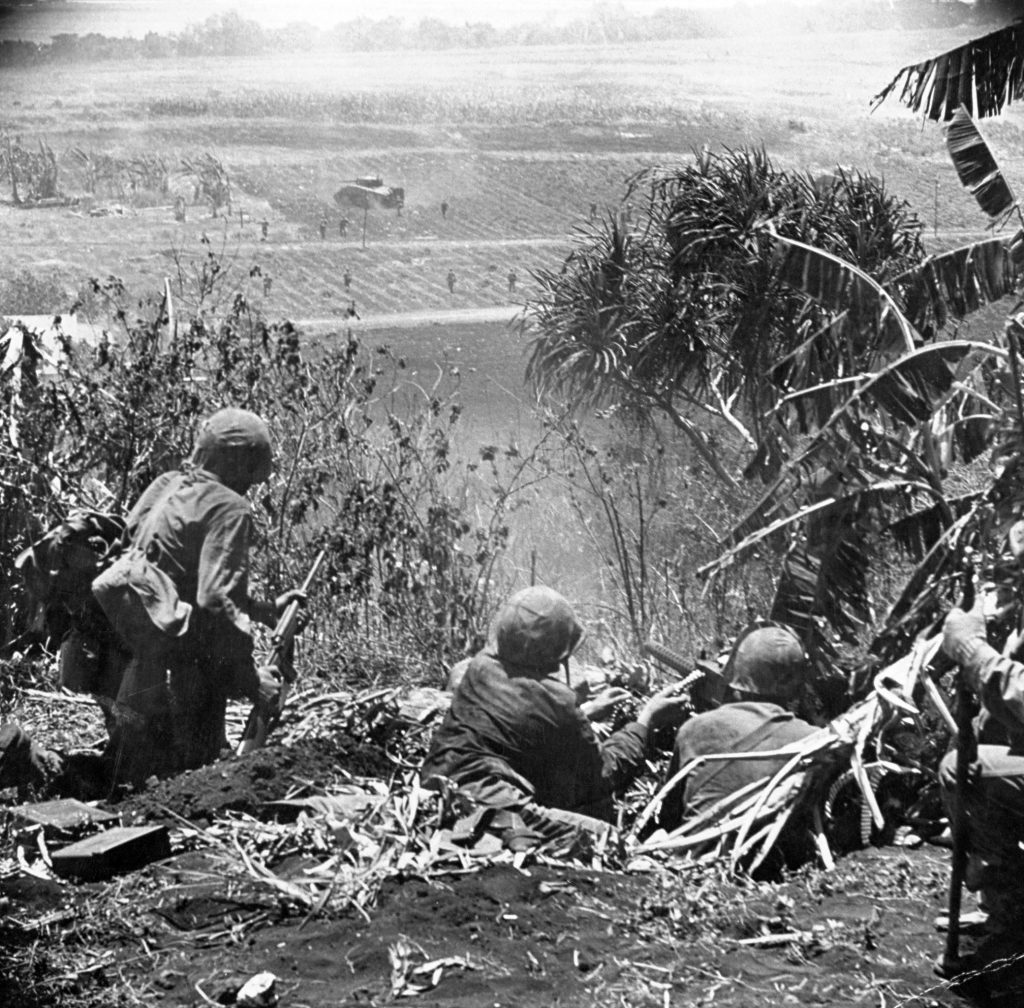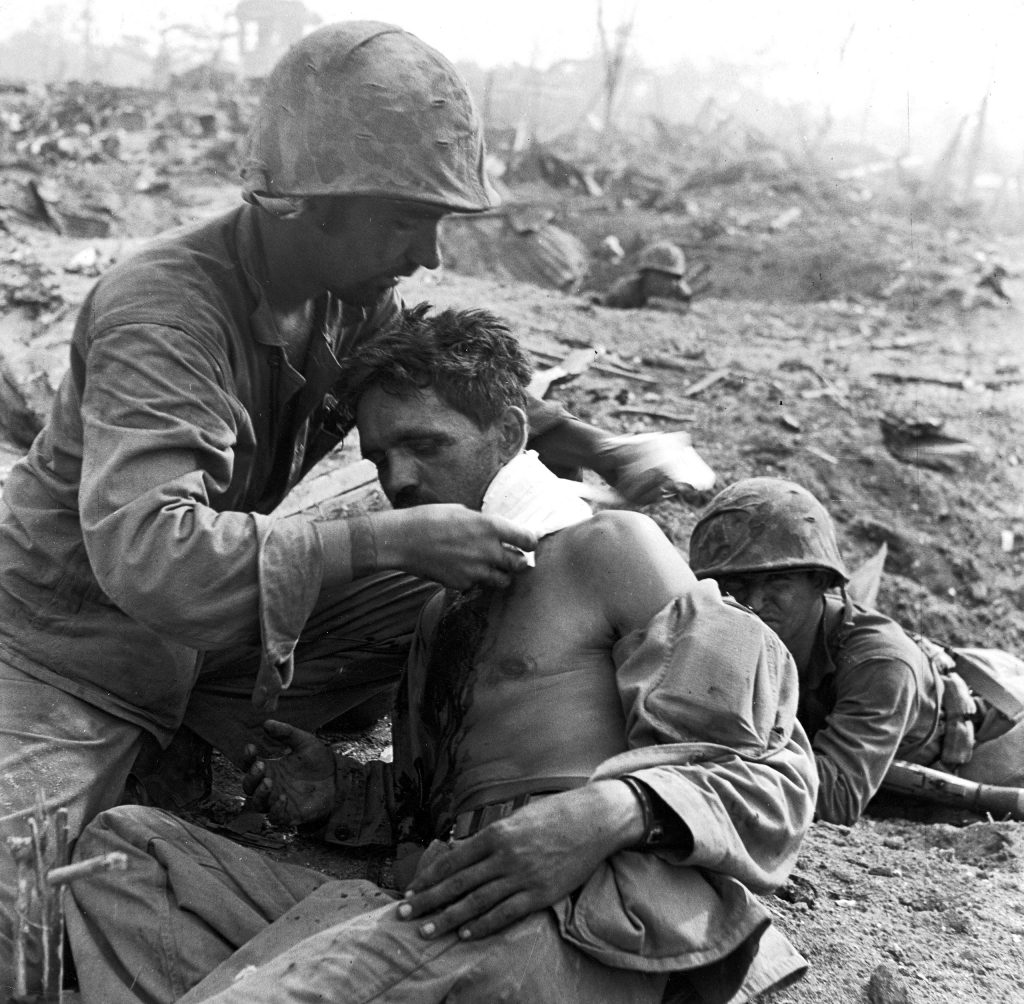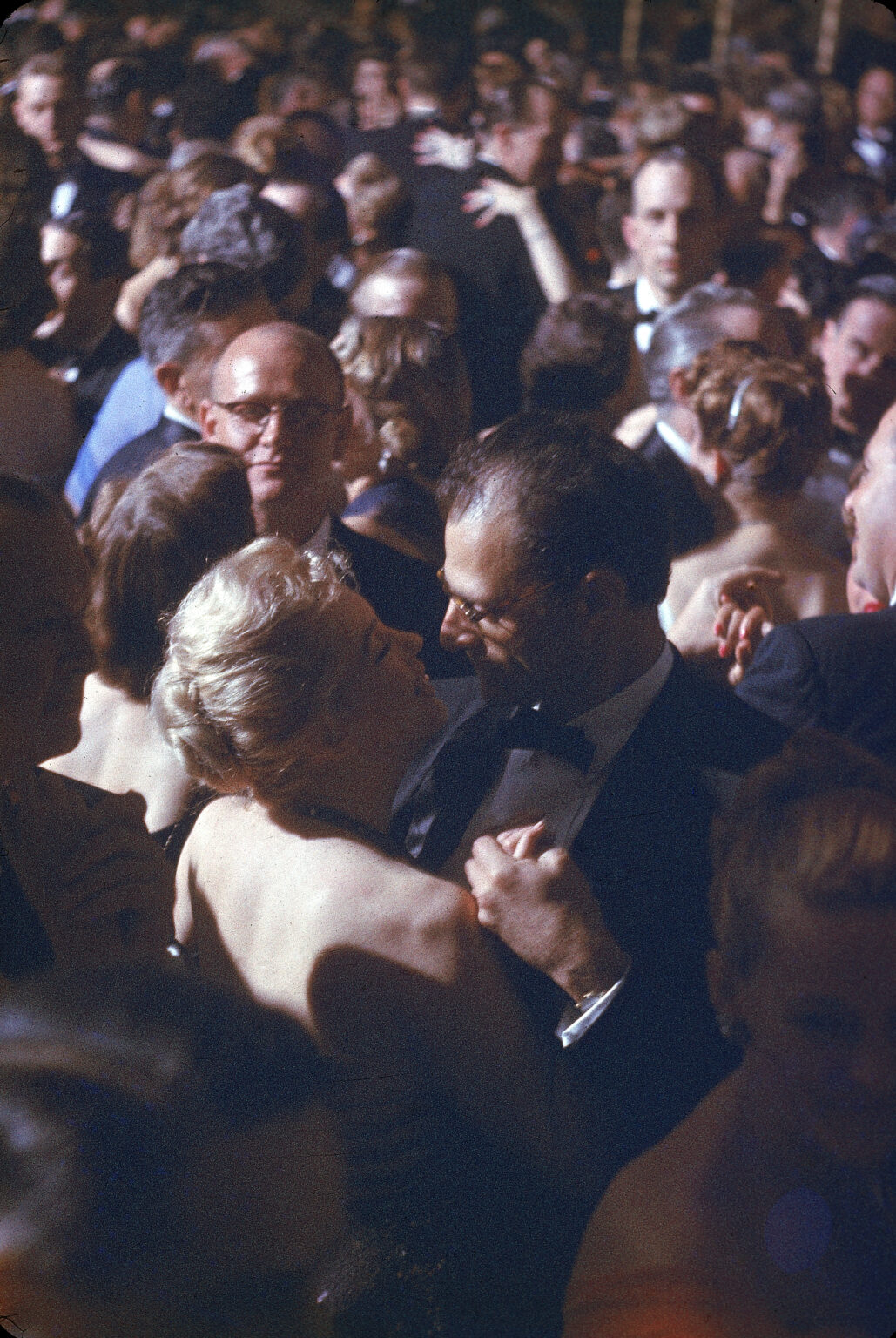In 1972 LIFE and photographer Bill Ray zoomed in on the life of a New York City 13-year-old named Brian Sullivan.
“If you’re not one, being a city kid can sound like an awful drag,” the magazine noted. “You haven’t got a backyard to fool around in, and since you live in an apartment house the neighbors are likely to complain about any noise you make. A gang may swoop down and steal the city boy’s bike, or grab his bus pass while he’s at the penny arcade, or beat him up while he’s just waiting at the corner for a friend.”
But Ray discovered that Brian had plenty to do.
The story shows how New York City was in many ways rougher than it is today: Brian had been mugged once, and though his parents let him take the subway alone, they told him to avoid certain streets. But the city was in certain ways also more carefree. Brian’s hobbies included shooting off homemade rockets in Central Park, and playing in a junk yard with his friends. (Not everything was innocent: Brian also threw things off the roof of his building.) Brian and his pals roamed the city, unencumbered by social media or cell phones, and in the evenings he played cards with his family.
There was certainly a level of danger for a kid in the city then, and a level of fun and possibility, too.

“Playing round in the city is fun,” Brian Sullivan told LIFE assistant editor Anne Holister, “and scary sometimes too. One of us hides in these rocks in Central Park and the others find him. Then we slide down the slope. Some kids fell off it 20 years ago and got killed.”
Bill Ray The LIFE Picture Collection/Shutterstock

Brian Sullivan in the park with friends.
Bill Ray The LIFE Picture Collection/Shutterstock

Sullivan described the moment: “I launched the rocket and it went out of sight. Then it blew up. The body tube and the fins were floating down, and i climbed up on the fence to see where they would land, but I lost them. I was a little upset. The rocket cost me $1.50. One thing I don’t like about shooting off rockets in the park is that everybody comes round to watch, steps on your foot.”
Bill Ray The LIFE Picture Collection/Shutterstock

“Joann, John, Robert, Dad and I play rummy every night after dinner,” Sullivan said. “It’s better than TV. Dad usually wins.”
Bill Ray The LIFE Picture Collection/Shutterstock

Brian Sullivan on the streets of New York City.
Bill Ray The LIFE Picture Collection/Shutterstock

Brian Sullivan learned to type at school.
Bill Ray The LIFE Picture Collection/Shutterstock

Brian Sullivan with his Siamese cat at home in the kitchen.
Bill Ray The LIFE Picture Collection/Shutterstock

“My brother John and I—he’s 25—take a lot of walks. This one was down 42nd Street. I can’t go there by myself, and don’t want to,” Sullivan said.
Bill Ray The LIFE Picture Collection/Shutterstock

“This guy was right out front of the Metropolitan Museum, spouting things from the Bible,” Sullivan said. “He’s been around for years. We kept saying `What are you doing, what’s all this, what are you, a nut or something?’ and he didn’t even care.”
Bill Ray The LIFE Picture Collection/Shutterstock

“I call this the knight room,” Sullivan said. “It’s at the Metropolitan. All the armor, the weapons, it’s really fascinating. My friend Trevor Johnston and I had a pretend sword fight with a couple of pieces of paper. Some day I’ll take up fencing.”
Bill Ray The LIFE Picture Collection/Shutterstock

Brian Sullivan at the Museum of Modern Art.
Bill Ray The LIFE Picture Collection/Shutterstock

“Dad took me to the firehouse where he used to be chief,” Sullivan said. “I talked with the men and they let me use the hose. I almost broke a car window with the spray. I think you’d go right up in the air if you held that hose alone.”
Bill Ray The LIFE Picture Collection/Shutterstock

Brian at the firehouse.
Bill Ray The LIFE Picture Collection/Shutterstock

Brian Sullivan in New York City.
Bill Ray The LIFE Picture Collection/Shutterstock

“We go on top of our building and throw pebbles down onto the grass,” Sullivan said. “We get chased a lot. Water bombs are better than pebbles because they make a nice big splash.”
Bill Ray The LIFE Picture Collection/Shutterstock

“I love hockey, there’s so much action,” Sullivan said. “Here we’re playing on skates in the playground. I was goalie, guarding a park bench goal. I’m second from right in this picture.”
Bill Ray The LIFE Picture Collection/Shutterstock

Brian Sullivan rode bikes with friends in Central Park.
Bill Ray The LIFE Picture Collection/Shutterstock

Brian Sullivan with his friends in Central Park.
Bill Ray The LIFE Picture Collection/Shutterstock




































































































